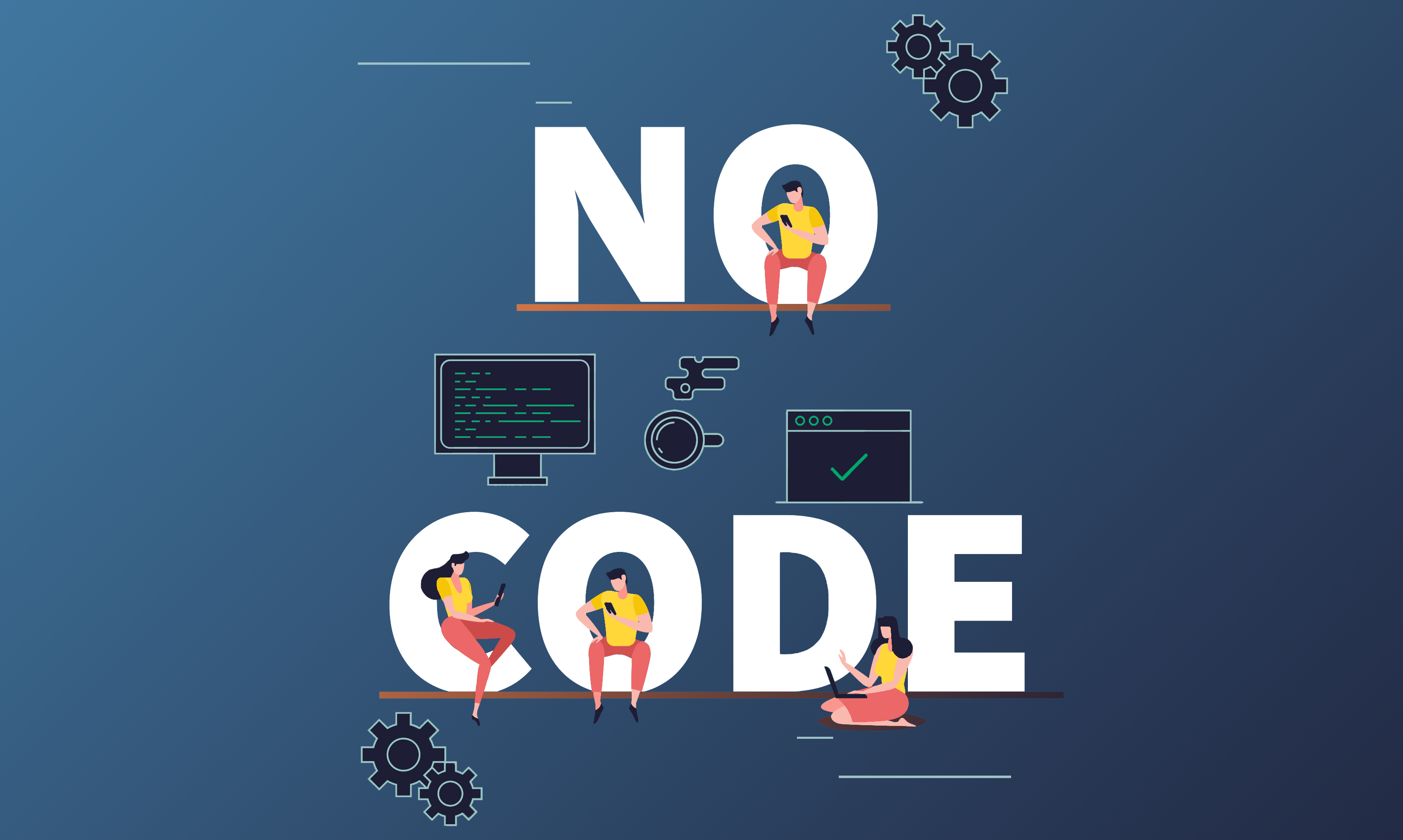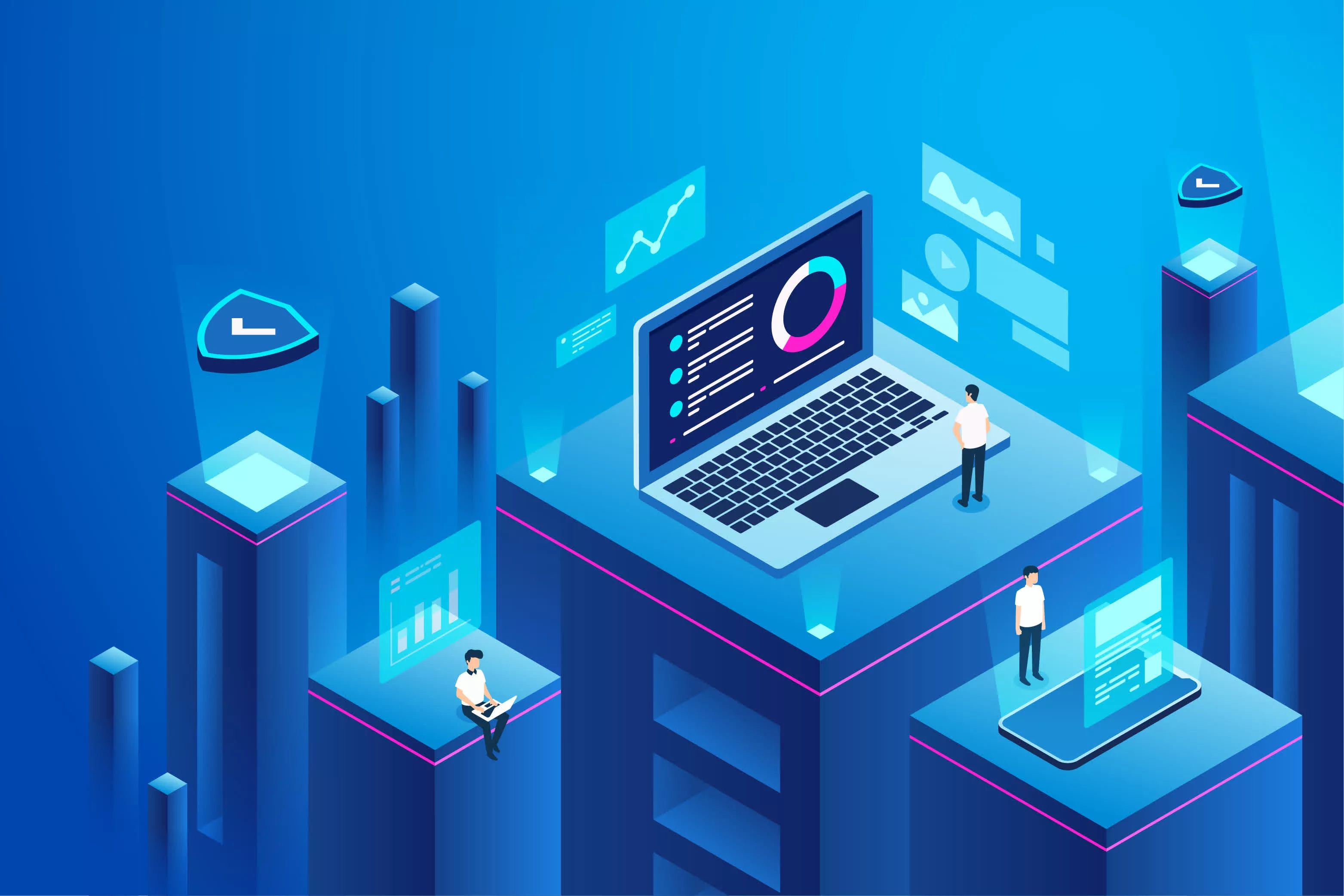The Future of Software Development: No-code and Low-code Platforms

In recent years, the landscape of software development has undergone a seismic shift. As technology continues to advance at breakneck speed, businesses and individuals are seeking more efficient ways to create applications and automate processes. Enter no-code and low-code platforms—two game-changing approaches that are redefining the future of software development. In this article, we will explore what no-code and low-code platforms are, their benefits, and how they are shaping the future of the tech industry.
Understanding No-Code and Low-Code Platforms
No-code and low-code platforms are designed to simplify the software development process, enabling users to create applications with minimal or no programming experience.
No-Code Platforms: These tools allow users to build applications without writing any code. They typically feature drag-and-drop interfaces, pre-built templates, and intuitive design tools, making them accessible to non-technical users. Examples include platforms like Bubble, Adalo, and Webflow, which enable users to create web and mobile applications quickly.
Low-Code Platforms: While low-code platforms also aim to reduce the complexity of application development, they offer more flexibility for developers. Users can write code alongside visual development tools, allowing for greater customization and integration capabilities. Examples of low-code platforms include OutSystems, Mendix, and Microsoft Power Apps.
The Benefits of No-Code and Low-Code Platforms
Increased Accessibility: One of the most significant advantages of no-code and low-code platforms is their accessibility. These tools empower a broader audience, including business analysts, marketers, and entrepreneurs, to participate in the software development process. This democratization of technology fosters innovation and allows organizations to tap into the creativity of their entire workforce.
Faster Development Cycles: Traditional software development can be time-consuming, often taking months or even years to complete a project. In contrast, no-code and low-code platforms enable users to develop applications in days or weeks. This rapid development cycle is particularly beneficial for businesses needing to adapt quickly to changing market demands.
Cost Efficiency: Developing software traditionally often requires a substantial investment in hiring skilled developers and project managers. No-code and low-code platforms significantly reduce development costs by allowing non-developers to create applications, minimizing the need for extensive IT resources.
Agility and Flexibility: In today’s fast-paced business environment, agility is key. No-code and low-code platforms allow organizations to pivot quickly, making it easy to modify or update applications in response to feedback or changing requirements. This flexibility leads to better alignment with business goals and user needs.
Empowerment Through Collaboration: These platforms foster collaboration between IT and business teams. Business users can prototype their ideas, collaborate with developers for more complex integrations, and iterate on designs based on real-time feedback. This synergy leads to better product outcomes and a more harmonious working relationship between departments.
The Future of Software Development
As we look to the future, the role of no-code and low-code platforms will likely continue to expand. Here are some trends to watch:
- Integration with Artificial Intelligence: As AI technology advances, we can expect no-code and low-code platforms to integrate AI capabilities, allowing users to build smarter applications. This could include features like predictive analytics, natural language processing, and automated decision-making processes.
- Growing Popularity in Enterprises: Many large organizations are beginning to adopt no-code and low-code platforms to accelerate their digital transformation initiatives. These tools can help enterprises streamline processes, improve customer engagement, and enhance overall efficiency.
- Focus on Governance and Security: With the rise of citizen developers (non-technical users creating applications), the importance of governance and security cannot be overstated. As organizations adopt these platforms, they will need to establish guidelines and best practices to ensure the security and compliance of their applications.
- Ecosystem Expansion: The ecosystem of no-code and low-code tools will continue to grow, with more platforms emerging to cater to specific industries and use cases. This expansion will create a more diverse range of solutions, enabling organizations to find the right fit for their needs.
- Enhanced User Experience: User experience will remain a top priority. As competition in the no-code and low-code space intensifies, platforms will focus on creating more intuitive interfaces and better user experiences to attract and retain users.
Conclusion
No-code and low-code platforms are revolutionizing the way software is developed, making it more accessible, efficient, and adaptable. As these tools continue to evolve, they will play a crucial role in shaping the future of software development.
By empowering a diverse range of users to create applications, these platforms not only enhance productivity but also drive innovation across industries. Embracing this shift can lead to a more agile, collaborative, and innovative approach to building software solutions that meet the demands of today’s fast-paced digital world.
Whether you’re a seasoned developer or a business professional, now is the time to explore the potential of no-code and low-code platforms and harness their power to create the next wave of software solutions.

